Site Search
- resource provided by the Forum Network Knowledgebase.
Search Tip: Search with " " to find exact matches.
In the final session in Washington Regional Association of Grantmakers's Putting Racism on the Table series (2016), the W.K. Kellogg Foundation's Dr. Gail Christopher discussed the role of philanthropy in addressing racism and racial inequity.
In the fourth session of Putting Racism on the Table (2016), James Bell, founder and executive director of the W. Haywood Burns Institute, focused on mass incarceration.
In the fifth session in WRAG's Putting Racism on the Table series (2016), Manuel Pastor, Professor of Sociology and American Studies & Ethnicity at the University of Southern California, discussed the experience of nonblack racial minorities in America, the implications of demographic change, and the urgent need to invest in equity.
"Co-Creation" is a case study about the Connecticut Early Childhood Funder Collaborative, a project of the Connecticut Council for Philanthropy. The case study examines co-creation, an emerging systems change collaboration model which grew out of a funder-and-state partnership. This unique partnership led to the creation by executive order of a new and independent Office of Early Childhood, which was formally approved by the Connecticut State Legislature in 2013. The companion piece, "Taking on New Roles to Address 21st Century Problems," looks at co-creation from the perspective of a regional association of grantmakers.
In the third session of Putting Racism on the Table (2016), Julie Nelson, Director of the Government Alliance on Race & Equity, Haas Institute for a Fair and Inclusive Society, focused on implicit bias.
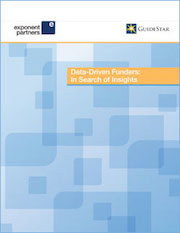
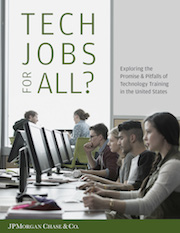
Capacity building enables nonprofit leaders and organizations to develop the skills and resources they need to improve their work. This publication offers practical guidance and considerations to help grantmakers design an impactful approach.

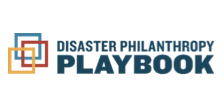
This Playbook is the comprehensive resource of best practices and innovative approaches to guide the philanthropic community in preparing for and responding to future disasters.
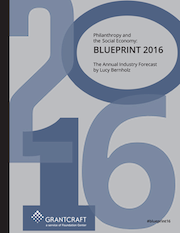
This weekly conference call series welcomed New Jersey-based grantmakers along with national funders and provided an opportunity for grantmakers to hear from a wide range of experts in the field of disaster philanthropy. This series started on November 5, 2012, one week after Sandy struck New Jersey, and continued through March 25, 2013.
This weekly conference call series welcomed New Jersey-based grantmakers along with national funders and provided an opportunity for grantmakers to hear from a wide range of experts in the field of disaster philanthropy. This series started on September 9, 2013 and concluded on November 4, 2013.
This weekly conference call series welcomed New Jersey-based grantmakers along with national funders and provided an opportunity for grantmakers to hear from a wide range of experts in the field of disaster philanthropy. Series 1 started on November 5, 2012, one week after Sandy struck New Jersey, and continued through March 25, 2013. Series 2 started on September 9, 2013 and concluded on November 4, 2013.
Funding Indigenous Peoples: Strategies for Support, looks at how funders collaborate with and bring support to indigenous communities around the world. Through examples from a diverse range of foundations, this guide explores how grantmakers work with indigenous peoples, the approaches they take, and the practices they find effective.
CSR executives have difficult jobs. They are expected to be strategic, aligned with business priorities, and focused on results. Yet success often requires navigating ever-changing expectations and a maze of competing priorities. This strategy toolkit, developed by FSG in partnership with CECP, identifies three tools for clarifying your strategy and transforming your portfolio.
The Silicon Valley Out-of-School-Time Collaborative invested in a cohort of regional nonprofit organizations to sustain and strengthen their ability to serve more students with stronger academic and social-emotional programming. A midcourse evaluation of the collaborative showed that grantees were stronger, programs were better and are reaching more students, and funders had adopted new, collaborative grantmaking practices. A second phase of the work was committed to more flexibility –– letting grantees drive the group’s planning and learning efforts, and manage consultants, budgeting and group communications. Grantees also opted to redirect the focus of the collaborative from capacity building to program development and evaluation, with the added goal of sharing effective afterschool and summer program models with others, both inside and outside the region.
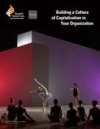
Building a Culture of Capitalization in Your Organization, is written for nonprofit arts organizations and shares findings from NFF's study of 36 capital grants made by the Kresge Foundation between 2010 and 2012.
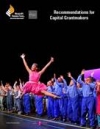
Recommendations for Capital Grantmakers, is written for arts funders who are looking to make smart and impactful investments.
